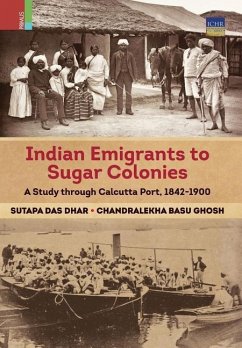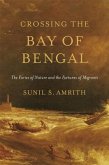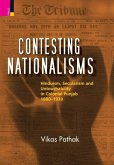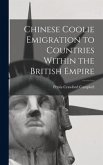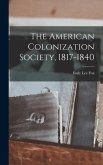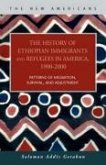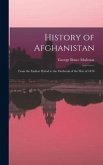Indian Emigrants to Sugar Colonies examines the relationship between the two phases of migration during the nineteenth century that made Calcutta Port the centre of overseas emigration from specific areas of India. It also delves into the reasons that made the migrants settle near the place of embarkation at the end of the century. Starting with an analysis of the causes of large-scale emigration from parts of northern and eastern India and ending with reasons behind changes in the direction of such population movements, this volume presents a new framework for writing migration history, intermingled with industrial expansion in British India during the nineteenth century. It is, thus, a combination of both external as well internal migration histories, enhanced with a cost-benefit analysis of this migration process and its consequences. The book is a compilation of a wealth of extracts, illustrative tables and comparisons gathered mostly from unpublished archival records, which establish its exposure both theoretically as well as statistically.
Hinweis: Dieser Artikel kann nur an eine deutsche Lieferadresse ausgeliefert werden.
Hinweis: Dieser Artikel kann nur an eine deutsche Lieferadresse ausgeliefert werden.

